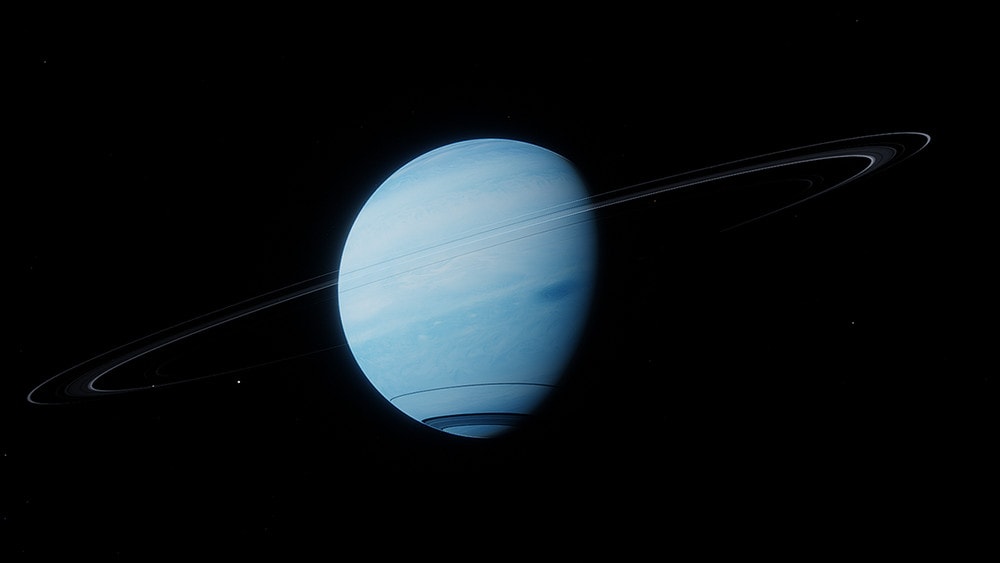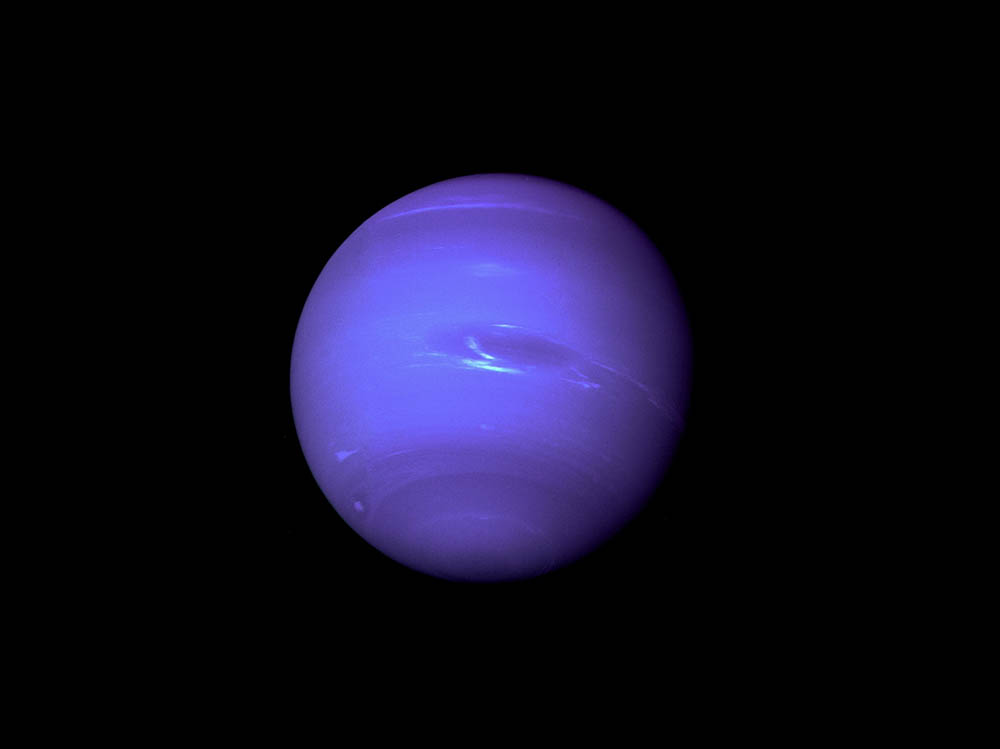Who Discovered Neptune? Exploring the History of Neptune
Last Updated on

It is impossible to pin down when humans first discovered celestial bodies like stars, constellations, the Moon, and planets. Every living thing on the Earth saw the same night sky1, albeit from different perspectives.
Ancient people were able to see the planets as far away as Saturn with the naked eye. It was Galileo who brought many of these things to light and confirmed their existence. However, seeing beyond Saturn was a different story. It is an additional 1,443,991,764 miles2 to the next planet, Uranus, and 3,071,730,019 miles to Neptune.
So, who actually discovered Neptune? It was a joint effort between French astronomer Urbain Le Verrier and German astronomer Johann Gottfried Galle in 18463.

Discovery Awaits
It’s essential to understand the genius of Le Verrier and Galle, along with the other scientists who went before them. Galileo identified what he thought was merely a fixed star in 1613. Remember that he was working with crude equipment compared to the sophisticated optics that we have today.
The discovery of Neptune was a different matter. Galle worked at the Berlin Observatory, where he had already made some significant findings. Le Verrier had been doing his own investigation into anomalies in the orbit of Uranus. He hypothesized that something big had a pull on the planet.
Le Verrier reached out to Galle. He had theorized where this unknown object might exist. Galle confirmed his speculations in 1846, introducing the world to a new planet. A few weeks later, Galle identified Triton, its largest moon. Le Verrier called the planet Neptune.

Naming the New Planet
This new planet’s name seemed fitting from the start. In 1919, the United Nations formed the International Astronomical Union (IAU) to standardize the naming of celestial objects, such as Neptune. The 1976 XVIth General Assembly of the IAU formalized the names of the planets while providing guidance on the spelling and capitalization of them.
Galle graciously deferred the honor of the discovery of Neptune to Le Verrier. History recognizes the work of both men. Nevertheless, the IAU named one of the planet’s five rings after Galle in 1989. Not many other features of Neptune have names considering it is so far away that very few spacecraft have even come close to it. After all, it is 2,687,177,912 miles away from Earth.
Exploring Neptune
The first fly-by of any spacecraft came in 1983 by NASA’s Pioneer 10. NASA’s Voyager 2 was able to get closer on August 25, 1989, coming within less than 3,000 miles of it. The mission made some significant discoveries, including the planet’s Great Dark Spot, four rings, and five moons. Undoubtedly, there is more to explore.
The IAU has named 61 features on Neptune’s largest moon, Triton. Compared to our Moon, which has 9,163 named features, we still have a lot to discover. It’s worth noting that NASA has Neptune and Triton on its radar for future exploration.

History of Neptune
Scientists estimate the age of the Universe to be 13.8 billion years old, with the Solar System forming 4.5 billion years ago. Neptune’s location likely plays a significant role in the Solar System’s composition and is a reflection of its history. Whereas the Earth is a terrestrial planet, Neptune is a gaseous one with a semi-liquid mantle and metal core. The makeup of all our planets tells us a lot about the Universe that we live in.
These factors also come into play with its atmosphere and windy conditions. Neptune contains helium and hydrogen. Its far distance from the Sun creates conditions for wind speeds over 1,300 mph. Surprisingly, Neptune has a relatively short day of only 16 hours. However, a year on the icy giant lasts nearly 165 Earth years. The first complete orbit we’ve witnessed ended in 2011.

Conclusion
Neptune is the farthest known planet in our Solar System after the demotion of Pluto in 2006. Its distance and mysterious qualities make it worth learning more about this planet. While it’ll never support life, it still has many stories to tell.
Featured Image Credit By: TheSpaceway, Pixabay
About the Author Chris Dinesen Rogers
Chris has been writing since 2009 on a variety of topics. Her motto with all of her writing is “science-based writing nurtured by education and critical thinking.” Chris specializes in science topics and has a special love for health and environmental topics, and animals of all shapes and sizes.
Related Articles:
15 Crucial Facts About Ultraviolet Rays & the Sun
What Constellation Is Spica In? The Interesting Answer!
10 Interesting Leo Constellation Facts, Myths, and FAQs
15 Interesting Pegasus Constellation Facts, Myths, and FAQs
6 Interesting Sagittarius Constellation Facts, Myths, and FAQs in 2024!
What Are Constellations? Where Did They Come From?
8 Interesting Libra Constellation Facts, Myths, and FAQs
What Is Infrared Radiation? Science-Based Facts & FAQ
